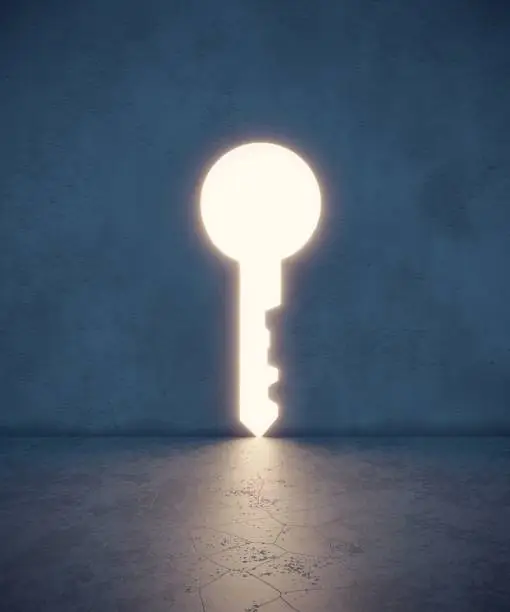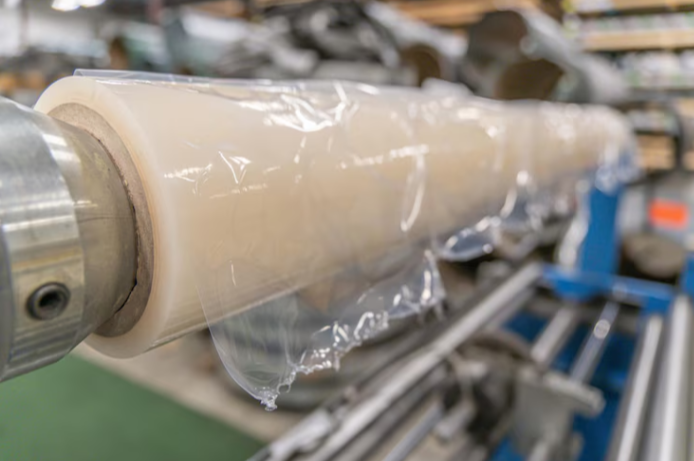A vehicle collision, whether minor or severe, can lead to various forms of damage requiring immediate attention and repair. Understanding the different types of repairs your vehicle might need after an accident is crucial to ensure safety, restore functionality, and maintain the vehicle’s value.
Here are five essential types of repairs often required after a collision.
1. Body and Frame Repairs
Body and frame repairs are among the most common and critical fixes needed after a collision. Even a minor accident can result in dents, scratches, or misalignment of the vehicle’s body. In more severe collisions, the frame might get bent or damaged, affecting the structural integrity and safety of the vehicle.
These include paintless dent repair, replacing damaged panels, and addressing cosmetic issues. Technicians use specialized tools to pull out dents and reshape panels to restore the vehicle’s original appearance. In cases where panels are too damaged, they may need to be replaced entirely. After repairing or replacing panels, the vehicle is often repainted to match the original color, ensuring a seamless look.
2. Suspension System Repairs
The suspension system is crucial for providing a smooth ride and maintaining control over the vehicle. A collision can damage various suspension components, including the shocks, struts, control arms, and bushings, leading to handling problems and an uncomfortable ride.
Signs of suspension damage include uneven tire wear, unusual noises when driving over bumps, poor handling, and a noticeable pull to one side. After a collision, a thorough inspection of the suspension system is necessary to identify any bent or broken components.
3. Transmission Repairs
The transmission is another critical component that can be affected by a collision, particularly if the impact occurs near the vehicle’s drivetrain. Even a minor collision can lead to transmission issues such as leaks, misalignment, or internal damage.
Symptoms of transmission damage include difficulty shifting gears, unusual noises, and fluid leaks. After a collision, a professional inspection is necessary to assess the transmission’s condition. This involves checking for visible damage, fluid levels, and signs of leaks or internal issues.
4. Electrical System Repairs
Collisions can also impact the vehicle’s electrical system, causing issues with lighting, sensors, and other electronic components. Modern vehicles rely heavily on complex electrical systems to operate everything from the engine management system to infotainment features.
Symptoms of electrical system issues include malfunctioning lights, dashboard warnings, and problems with electronic controls. After a collision, a thorough diagnostic check of the electrical system is essential to identify any damaged wiring, sensors, or electronic modules.
5. Safety System Repairs
An important aspect of collision repair is safety system repairs. Safety systems, including airbags, seatbelts, and advanced driver assistance systems (ADAS), can be significantly impacted by a collision. Ensuring these systems are repaired and functioning correctly is crucial for the safety of the vehicle’s occupants.
Airbags deploy during collisions to protect occupants from injury. After a collision, even if the airbags did not deploy, it’s essential to inspect the airbag system for damage. This includes checking sensors, modules, and wiring. If airbags did deploy, they need to be replaced, and the system reset to ensure proper operation in future incidents.




